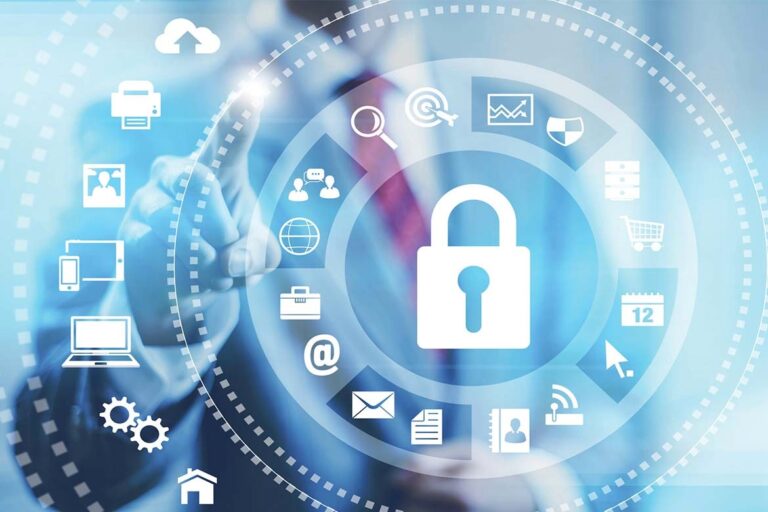A lack of physical security can be detrimental to the success of your business. It can lead to costly fines, negative publicity, and even lawsuits.
The following are some things you should know about the physical security of your business:
– The first step is to assess the risk level of your business.
– The next step is to understand how you will mitigate these risks.
– The third step is to identify what type of protection you need and what kind of protection you can afford.
What Exactly is Physical Security?
Physical security is the process of protecting people and property from theft or damage. It involves a wide range of activities, such as securing buildings, safeguarding assets, and monitoring access to restricted areas.
Physical security is not just about locking your doors. It also includes things like fire prevention, preventing water damage, and keeping your systems secure.
Understanding Risk Factors and How They Affect Your Business
There are many risk factors that can affect your business, but understanding them and how they influence your business is crucial to making the right decisions.
Many companies make the mistake of assuming that they can mitigate risk by investing in physical security and entry barriers. However, these solutions often come at a high cost and are not always effective.
This report aims to provide insights into some of the most common risks faced by businesses today and how to mitigate them.
Tips for a Safer Workplace
One of the most important things to do in order to ensure your workplace is a safe place for you and your co-workers is to take safety precautions. It is also important to know how to recognize signs of unsafe conditions and how to protect yourself from being a victim. Security guards with lever action shotgun is also necessary to keep workplace safe and secure.
It’s not always easy for people in the workforce, especially those who work remotely, but there are some simple things you can do that will keep you safer.
Some of the most common safety tips include knowing their surroundings and what you should expect, staying alert, reporting any suspicious behavior or threats, staying on top of emergency contacts and insurance information, and notifying HR if they feel uncomfortable or threatened.
How to Protect Your Employees and Ensure Their Safety in the Workplace
In the 21st century, work has become increasingly more complex. It requires a lot of focus, which often can be difficult to keep up with. With all the distractions in the workplace, it is important to take preventative measures to ensure your employees’ safety.
Some of these preventative measures include:
– Establishing clear boundaries and policies for company time and personal time
– Developing an effective communication strategy for employees
Conclusion & Best Practices for a More Secure Building
The best practices for building protection are as follows:
- Properly assess the risk of the property and develop a plan to mitigate it
- Make sure that the building is properly secured and monitored by security personnel
- Use security cameras to monitor the property at all times
- Consider using an alarm system, which can be monitored 24/7 by security personnel or a third party company
- Ensure that all doors are locked at all times
- Install an automatic door closer that will close automatically in case of any emergency
- Securely lock all windows, especially those facing public areas where there may be a risk of intrusion.


Comments are closed.